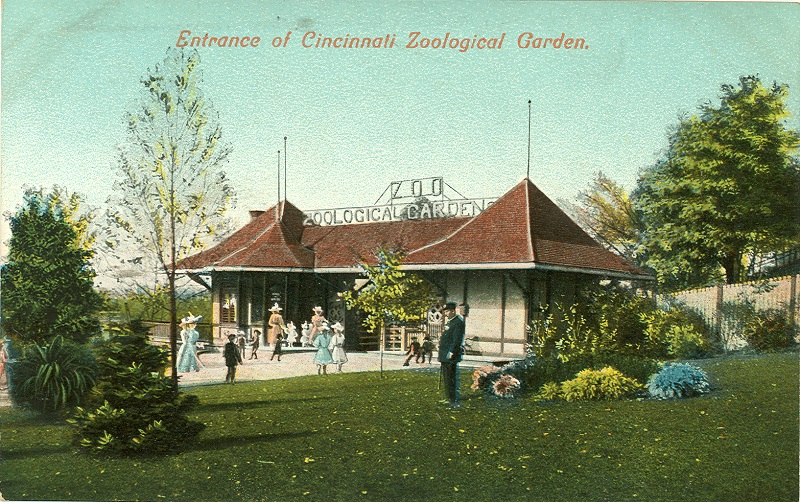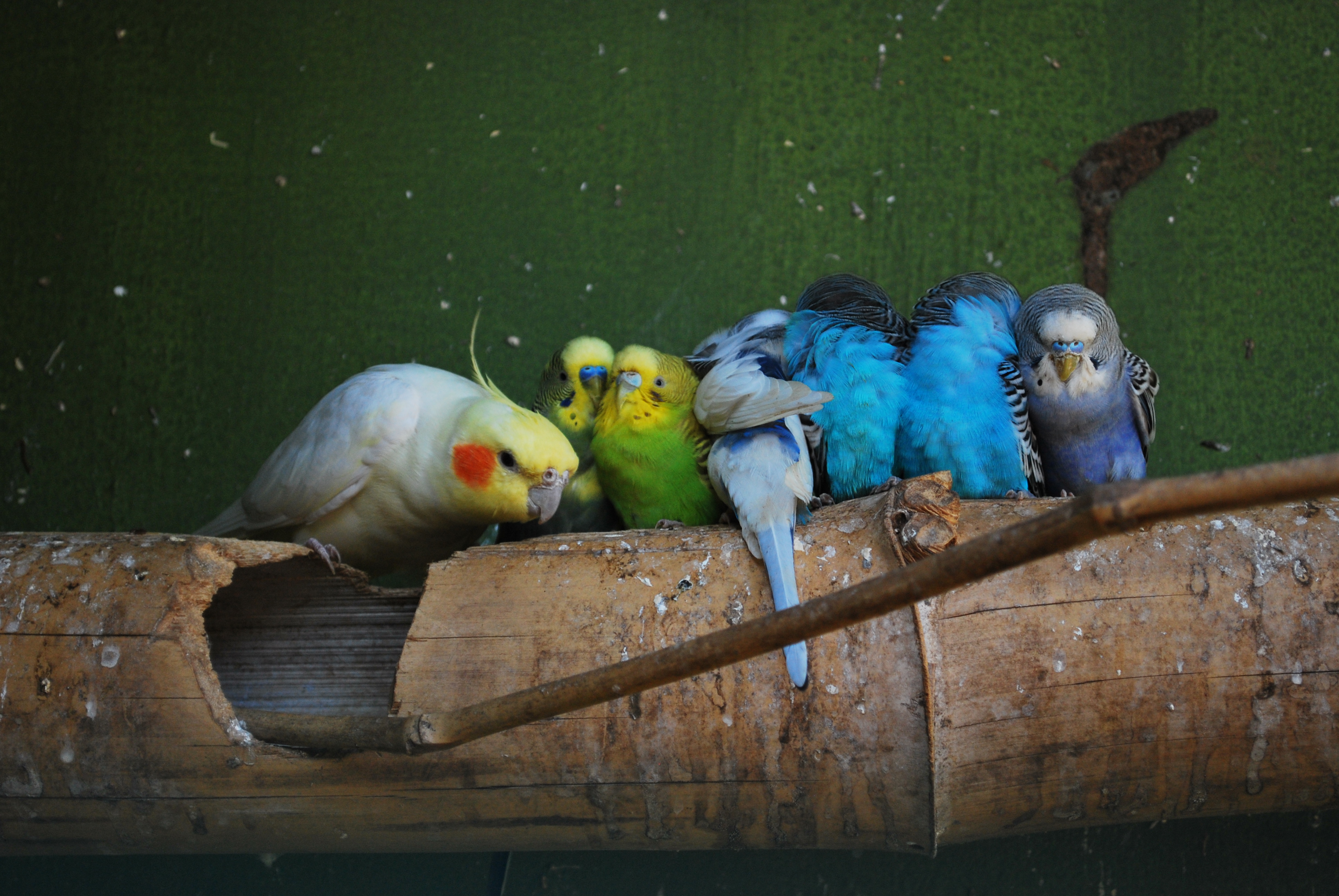|
Pesquet's Parrot
Pesquet's parrot (''Psittrichas fulgidus''), also known as the Dracula parrot or as the vulturine parrot (leading to easy confusion with '' Pyrilia vulturina'' from Brazil), is a member of the Old World parrot family Psittaculidae. It is the only member of the genus ''Psittrichas''. It is endemic to hill and montane rainforests in New Guinea. Description Pesquet's parrot is a large parrot with a total length of approximately and a weight of . Its plumage is black, with greyish scaling to the chest, and a red belly, uppertail coverts and wing-panels. The adult male has a red spot behind the eye, which is not seen in the adult female. Compared to most other parrots it appears unusually small-headed, in part due to the bare black facial skin and the relatively long, hooked bill, an adaptation for its fruit-based diet. This rather vulture-like profile is the reason behind its alternative common name. Behaviour Pesquet's parrot is a highly specialised frugivore, feeding almost exclu ... [...More Info...] [...Related Items...] OR: [Wikipedia] [Google] [Baidu] |
Zoo Miami
The Miami-Dade Zoological Park and Gardens, also known as Zoo Miami, is a zoological park and garden in Miami and is the largest zoo in Florida. Originally established in 1948 at Crandon Park in Key Biscayne, Zoo Miami relocated in 1980 as Miami MetroZoo to the former location of the Naval Air Station Richmond, southwest of Miami in southern unincorporated Miami-Dade County, surrounded by the census-designated places of Three Lakes (north), South Miami Heights (south), Palmetto Estates (east) and Richmond West (west). The only tropical zoo in the continental United States, Zoo Miami houses over 3,000 animals of around 500 species on almost , of which are developed. It is around if walked on the path, and features over 100 exhibits. The zoo's communications director is zookeeper Ron Magill. Zoo Miami is accredited by the Association of Zoos and Aquariums (AZA). History The history of Zoo Miami can be traced back to 1948, when a small road show, stranded near Miami, e ... [...More Info...] [...Related Items...] OR: [Wikipedia] [Google] [Baidu] |
Common Name
In biology, a common name of a taxon or organism (also known as a vernacular name, English name, colloquial name, country name, popular name, or farmer's name) is a name that is based on the normal language of everyday life; and is often contrasted with the scientific name for the same organism, which is often based in Latin. A common name is sometimes frequently used, but that is not always the case. In chemistry, IUPAC defines a common name as one that, although it unambiguously defines a chemical, does not follow the current systematic naming convention, such as acetone, systematically 2-propanone, while a vernacular name describes one used in a lab, trade or industry that does not unambiguously describe a single chemical, such as copper sulfate, which may refer to either copper(I) sulfate or copper(II) sulfate. Sometimes common names are created by authorities on one particular subject, in an attempt to make it possible for members of the general public (including s ... [...More Info...] [...Related Items...] OR: [Wikipedia] [Google] [Baidu] |
Birds Of The New Guinea Highlands
Birds are a group of warm-blooded vertebrates constituting the class Aves (), characterised by feathers, toothless beaked jaws, the laying of hard-shelled eggs, a high metabolic rate, a four-chambered heart, and a strong yet lightweight skeleton. Birds live worldwide and range in size from the bee hummingbird to the common ostrich. There are over 11,000 living species and they are split into 44 orders. More than half are passerine or "perching" birds. Birds have wings whose development varies according to species; the only known groups without wings are the extinct moa and elephant birds. Wings, which are modified forelimbs, gave birds the ability to fly, although further evolution has led to the loss of flight in some birds, including ratites, penguins, and diverse endemic island species. The digestive and respiratory systems of birds are also uniquely adapted for flight. Some bird species of aquatic environments, particularly seabirds and some waterbir ... [...More Info...] [...Related Items...] OR: [Wikipedia] [Google] [Baidu] |
Cincinnati Zoo
The Cincinnati Zoo & Botanical Garden is the second oldest zoo in the United States, founded in 1873 and officially opening in 1875. It is located in the Avondale neighborhood of Cincinnati, Ohio. It originally began with in the middle of the city, but has spread into the neighboring blocks and several reserves in Cincinnati's outer suburbs. Several historic buildings were designated as a National Historic Landmark in 1987. The zoo houses over 500 species, 1,800 animals and 3,000 plant species. In addition, the zoo also has conducted several breeding programs in its history, and was the first to successfully breed California sea lions. In 1986, the Lindner Center for Conservation and Research of Endangered Wildlife (CREW) was created to further the zoo's goal of conservation. The zoo is known for being the home of Martha, the last living passenger pigeon, and of Incas, the last living Carolina parakeet. The zoo is an accredited member of the Association of Zoos and Aquari ... [...More Info...] [...Related Items...] OR: [Wikipedia] [Google] [Baidu] |
CITES
CITES (shorter acronym for the Convention on International Trade in Endangered Species of Wild Fauna and Flora, also known as the Washington Convention) is a multilateral treaty to protect endangered plants and animals from the threats of international trade. It was drafted as a result of a resolution adopted in 1963 at a meeting of members of the International Union for Conservation of Nature (IUCN). The convention was opened for signature in 1973 and CITES entered into force on 1 July 1975. Its aim is to ensure that international trade (import/export) in specimens of animals and plants included under CITES does not threaten the survival of the species in the wild. This is achieved via a system of permits and certificates. CITES affords varying degrees of protection to more than 40,900 species. , the Secretary-General of CITES is Ivonne Higuero. Background CITES is one of the largest and oldest conservation and sustainable use agreements in existence. There are three workin ... [...More Info...] [...Related Items...] OR: [Wikipedia] [Google] [Baidu] |
IUCN Red List
The International Union for Conservation of Nature (IUCN) Red List of Threatened Species, also known as the IUCN Red List or Red Data Book, founded in 1964, is an inventory of the global conservation status and extinction risk of biological species. A series of Regional Red Lists, which assess the risk of extinction to species within a political management unit, are also produced by countries and organizations. The goals of the Red List are to provide scientifically based information on the status of species and subspecies at a global level, to draw attention to the magnitude and importance of threatened biodiversity, to influence national and international policy and decision-making, and to provide information to guide actions to conserve biological diversity. Major species assessors include BirdLife International, the Institute of Zoology (the research division of the Zoological Society of London), the World Conservation Monitoring Centre, and many Specialist Groups w ... [...More Info...] [...Related Items...] OR: [Wikipedia] [Google] [Baidu] |
Vulnerable Species
A vulnerable species is a species which has been Conservation status, categorized by the International Union for Conservation of Nature as being threatened species, threatened with extinction unless the circumstances that are threatened species, threatening its survival and reproduction improve. Vulnerability is mainly caused by habitat loss or destruction of the species' home. Vulnerable habitat or species are monitored and can become increasingly threatened. Some species listed as "vulnerable" may be common in captivity (animal), captivity, an example being the military macaw. In 2012 there were 5,196 animals and 6,789 plants classified as vulnerable, compared with 2,815 and 3,222, respectively, in 1998. Practices such as cryoconservation of animal genetic resources have been enforced in efforts to conserve vulnerable breeds of livestock specifically. Criteria The International Union for Conservation of Nature uses several criteria to enter species in this category. A taxon ... [...More Info...] [...Related Items...] OR: [Wikipedia] [Google] [Baidu] |
Aviculture
Aviculture is the practice of keeping and breeding birds, especially of wild birds in captivity. Aviculture Aviculture is the practice of keeping birds (class '' Aves'') in captivity in controlled conditions, normally within the confines of a cage or an aviary. Some reasons for aviculture are: breeding birds as a hobby, a business like a zoo, or sometimes for research and conservation purposes to preserve and protect some endangered avian species that are at risk due to habitat destruction, the illegal wildlife trade, diseases, and natural disasters. Aviculture encourages conservation, provides education about avian species, provides companion birds for the public, and includes research on avian behaviour. Popular birds people like to keep and breed include budgerigars, cockatiels, finches, macaws, domestic canaries, columbidae (pigeons and doves), loriini (lories and lorikeets), cockatoos, conures, and African grey parrots. Avicultural societies In the UK, the Avicu ... [...More Info...] [...Related Items...] OR: [Wikipedia] [Google] [Baidu] |
Adaptation
In biology, adaptation has three related meanings. Firstly, it is the dynamic evolutionary process of natural selection that fits organisms to their environment, enhancing their evolutionary fitness. Secondly, it is a state reached by the population during that process. Thirdly, it is a phenotypic trait or adaptive trait, with a functional role in each individual organism, that is maintained and has evolved through natural selection. Historically, adaptation has been described from the time of the ancient Greek philosophers such as Empedocles and Aristotle. In 18th and 19th-century natural theology, adaptation was taken as evidence for the existence of a deity. Charles Darwin and Alfred Russel Wallace proposed instead that it was explained by natural selection. Adaptation is related to biological fitness, which governs the rate of evolution as measured by changes in allele frequencies. Often, two or more species co-adapt and co-evolve as they develop adaptations tha ... [...More Info...] [...Related Items...] OR: [Wikipedia] [Google] [Baidu] |
Nectar
Nectar is a viscous, sugar-rich liquid produced by Plant, plants in glands called nectaries, either within the flowers with which it attracts pollination, pollinating animals, or by extrafloral nectaries, which provide a nutrient source to animal Mutualism (biology), mutualists, which in turn provide plant defense against herbivory#Indirect defenses, herbivore protection. Common nectar-consuming pollinators include mosquitoes, hoverfly, hoverflies, wasps, bees, butterfly, butterflies and moths, hummingbirds, honeyeaters and Bat#Fruit and nectar, bats. Nectar is an economically important substance as it is the sugar source for honey. It is also useful in agriculture and horticulture because the adult stages of some predatory insects feed on nectar. For example, a number of predacious or Parasitoid wasp, parasitoid wasps (e.g., the social wasp species ''Apoica flavissima'') rely on nectar as a primary food source. In turn, these wasps then hunt agricultural pest insects as food ... [...More Info...] [...Related Items...] OR: [Wikipedia] [Google] [Baidu] |
Flower
Flowers, also known as blooms and blossoms, are the reproductive structures of flowering plants ( angiosperms). Typically, they are structured in four circular levels, called whorls, around the end of a stalk. These whorls include: calyx, modified leaves; corolla, the petals; androecium, the male reproductive unit consisting of stamens and pollen; and gynoecium, the female part, containing style and stigma, which receives the pollen at the tip of the style, and ovary, which contains the ovules. When flowers are arranged in groups, they are known collectively as inflorescences. Floral growth originates at stem tips and is controlled by MADS-box genes. In most plant species flowers are heterosporous, and so can produce sex cells of both sexes. Pollination mediates the transport of pollen to the ovules in the ovaries, to facilitate sexual reproduction. It can occur between different plants, as in cross-pollination, or between flowers on the same plant or even the same f ... [...More Info...] [...Related Items...] OR: [Wikipedia] [Google] [Baidu] |
Ficus
''Ficus'' ( or ) is a genus of about 850 species of woody trees, shrubs, vines, epiphytes and hemiepiphytes in the family (biology), family Moraceae. Collectively known as fig trees or figs, they are native throughout the tropics with a few species extending into the semi-warm temperate zone. The common fig (''F. carica'') is a temperate species native to southwest Asia and the Mediterranean region (from Afghanistan to Portugal), which has been widely cultivated from ancient times for its fruit, also referred to as figs. The fruit of most other species are also edible though they are usually of only local economic importance or eaten as bushfood. However, they are extremely important food resources for wildlife. Figs are also of considerable cultural importance throughout the tropics, both as objects of worship and for their many practical uses. Description ''Ficus'' is a pantropical genus of trees, shrubs, and vines occupying a wide variety of ecological niches; most a ... [...More Info...] [...Related Items...] OR: [Wikipedia] [Google] [Baidu] |







